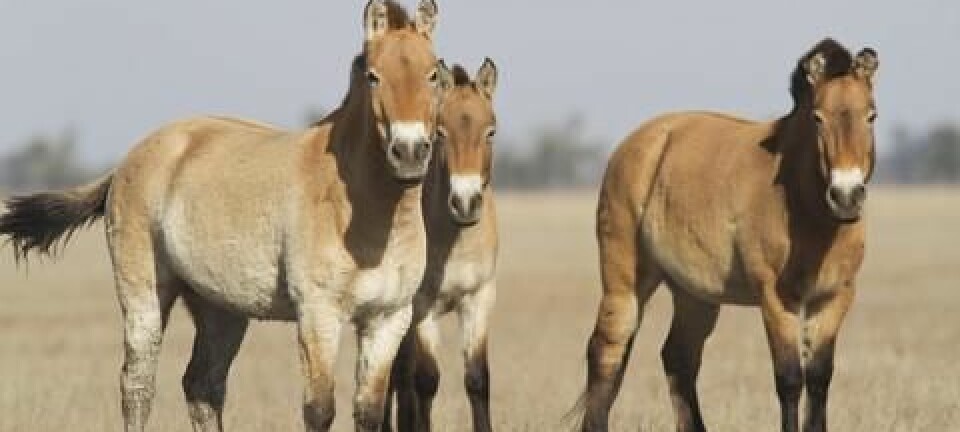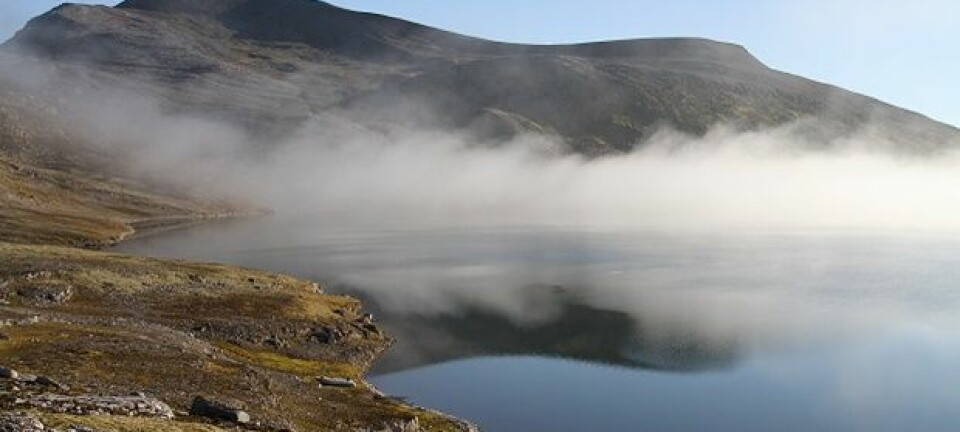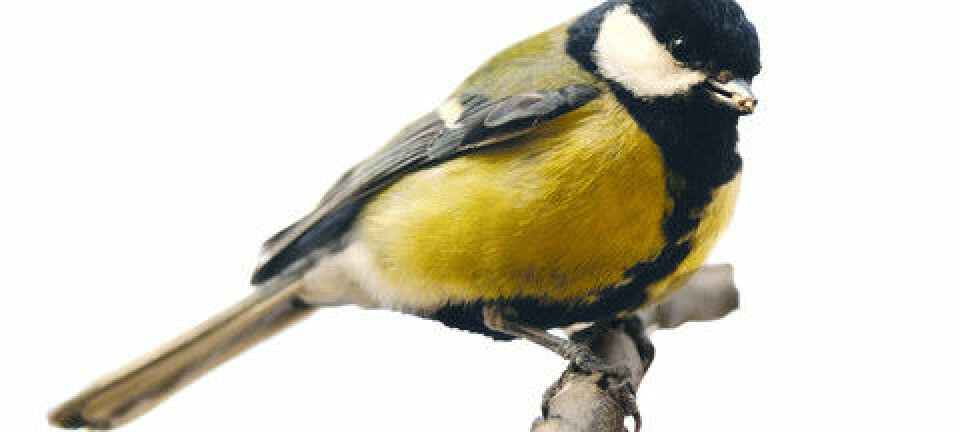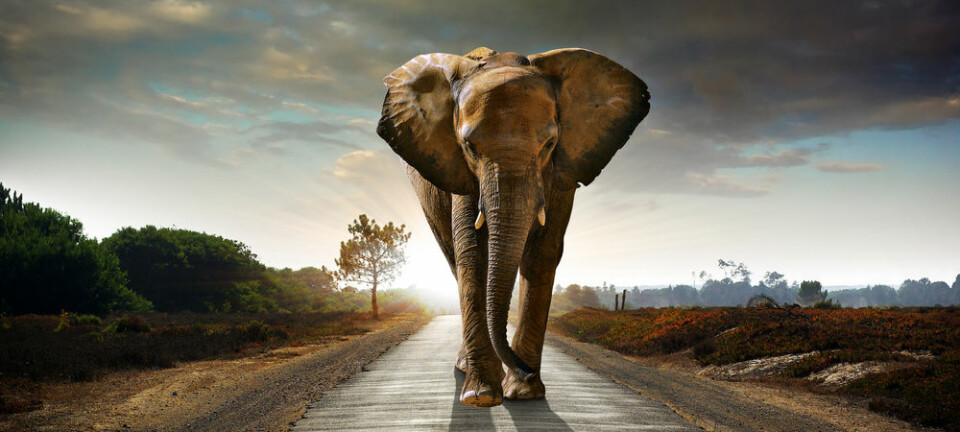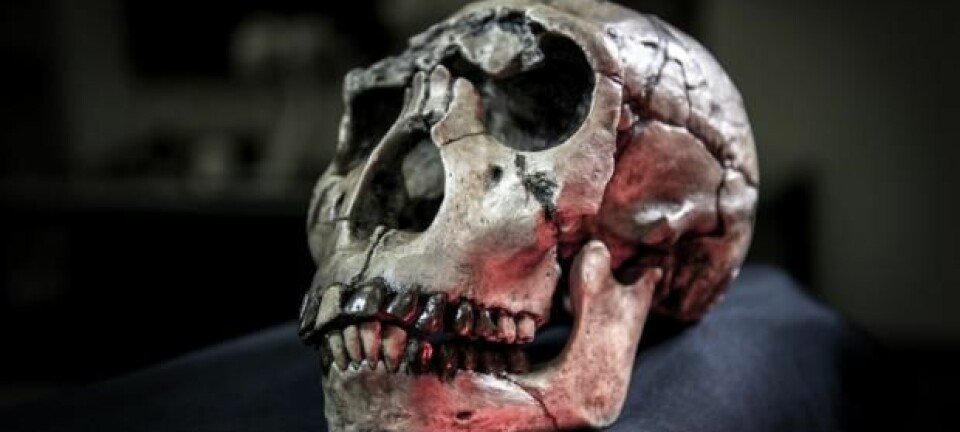
Scientists do away with Darwinian tradition
Scientists suggest a completely new way of classifying organisms that does away with conventional idea of species.
Food and sex. All organisms throughout the world need to survive and we will do everything possible to do so.
Take the introvert at the bar, trying to catch the attention of a passing girl or boy. Or the extrovert, dancing away and grabbing anything and everything that moves.
Similarly, hungry copepods can lie in wait, perfectly still in the water, ready to snatch their prey with a sudden jerk. While others struggle like a madman, cornering their food with limbs flailing all over the place.
These strategies are what the scientists behind a new study refer to as “traits.” Using these copepod traits, they have produced a new global map of species that turns the Darwinian traditions upside down.
A simpler way of describing ecosystems
Ever since Charles Darwin’s 1859 book, 'On the Origin of Species,' we have seen and understood nature through species. His theory of evolution would go on to become the backbone of modern biology.
But species are an insufficient and complicated way to describe ecosystems, if you want to understand their function, says Professor Thomas Kiørboe from the Center for Ocean Life at the Technical University of Denmark (DTU Aqua), who has co-authored the new study
“One of the most important goals in ecology is to understand why organisms are distributed the way they are, and how ecosystems are structured,” says Kiørboe. “The traditional way of doing it, is to see how the species are distributed. But marine organisms don’t live where they do or the way they do because of their name and taxonomic affiliation. They do so based on how they fit into their environment and exploit it.”
“So instead, we’ve tried to deal with traits that characterise individual animals, for example, the way they eat. It’s a much more simple way to divide and describe the marine ecosystem and it also tells you something about how the ecosystem functions,” he says.
Read More: Bird study reveals a key assumption in evolution theory is false
“We’re missing something”
All organisms have three goals in life: eat, survive, and reproduce, and the scientists behind the new study divided copepods into sets of common traits that allow them to achieve these goals.
Theoretically all organisms on land and in the sea can be divided into groups according to their features. For example, ants, house cats, musk oxen, kangaroos, humans, and giraffes all share common traits.
The scientists collected existing data on copepods and conducted their own laboratory experiments, where they observed the small organisms under controlled conditions in order to find suitable traits that could be used as a basis for dividing them into new species groups.
They drafted a new map based on the distribution of traits rather than species, which is simpler and more informative than existing definitions, says Kiørboe.
“We’re not interested in the species, we’re interested in the function of the ecosystem, and that is determined by the combination of traits of the individuals that make up the system,” he says.
“There’s fewer key traits than there are species, so it’s both a precise and simple way of describing it. You can translate species into traits, but you can’t do it the other way round. That tells you that we’re actually missing something,” says Kiørboe.
Read More: Evolution in real time on Bear Island
We are used to speaking about species
The new research challenges a long held tradition in biology. The scientists are careful not to use the word “species” when they describe their research, but even so, it comes back to this time and time again.
“It’s controversial in that respect, because we all talk about species anyway, as that’s what we’re brought up with,” says Kiørboe.
“But at the same time it’s a movement, and our centre has been an important driving force in that movement. We try to understand the mechanisms and not just make statistical analyses. And that has given us an edge,” he says.
Kiørboe expects the new study to cause a stir among biologists. It is the first time that anyone has made such a detailed, global description of organism function in the ocean, he says.
Read More: Evolution will make our wisdom teeth disappear
Deep insights into zooplankton
Ecologist Andrew Barton from the Scripps Institute of Oceanography at the University of California San Diego, USA, is excited by the new results.
“The study is well-done and offers a powerful look at how zooplankton traits vary along environmental gradients in the ocean. I would say it is the most thorough and complete study of its kind,” he writes in an email to ScienceNordic.
The new traits-based classification allows scientists to better understand complex ecological systems and biodiversity, he writes.
“Instead of looking at thousands of species, each with their particular quirks and characteristics, you can consider variation along several crucial traits that determine fitness,” he writes.
Read More: ‘Penis worm’ is the ancestor of almost all living animals
Body size is essential for survival
The scientists have described around five to six per cent key characteristics for every species of copepod. These were then translated into common traits.
All in all, they collated data from 500 species of copepod.
“Body size is one of these shared traits,” says lead-author Philipp Brun, who is currently completing a Ph.D. at DTU Aqua.
“Body size determines who you eat--and who eats you. It also influences how you defend yourself, says Brun.
“A large copepod uses less energy to move and swim to deeper depths to avoid predators. Body size also influences how they reproduce, so it’s actually related to all of the key goals of life,” he says.
Read More: Islands make large animals shrink and small animals grow
Organisms divided according to key characteristics
The scientists now intend to produce a trait-based map of all organisms in the sea, from zooplankton to jellyfish, and everything else.
Because traits are essential for where copepods live and why they live there, the scientists would be able to look at one particular region with some special conditions and predict the kinds of copepods that live there.
It should be possible to make predictions for all ecosystems to see how they will be affected by climate change.
Copepods play a crucial role in the ocean’s carbon cycle, that is, the removal of CO2 from the ocean surface and transfer to the ocean floor. Large copepods remove more CO2 and stay beneath the surface for longer periods of time. This could influence the length of time that CO2 is held in the ocean.
Read More: Meet the copepod: the oceans’ little carbon sponge
A weather forecast for the sea
“We have collated and divided the data, and in that way, this study paves the way, but it’s just the first step. The next step is to try to develop algorithms based on these data,” says Kiørboe.
Mathematical formulas are useful when trying to get an overall picture of marine ecosystems and how they may change in the future, he says.
“We make predictive models in order to anticipate events. It's like making a weather forecast. You use computer models to predict what the weather is likely to be tomorrow. It's not always correct, but it's better than nothing,” says Kiørboe.
-------------
Read the Danish version of this article on Videnskab.dk
Translated by: Catherine Jex
